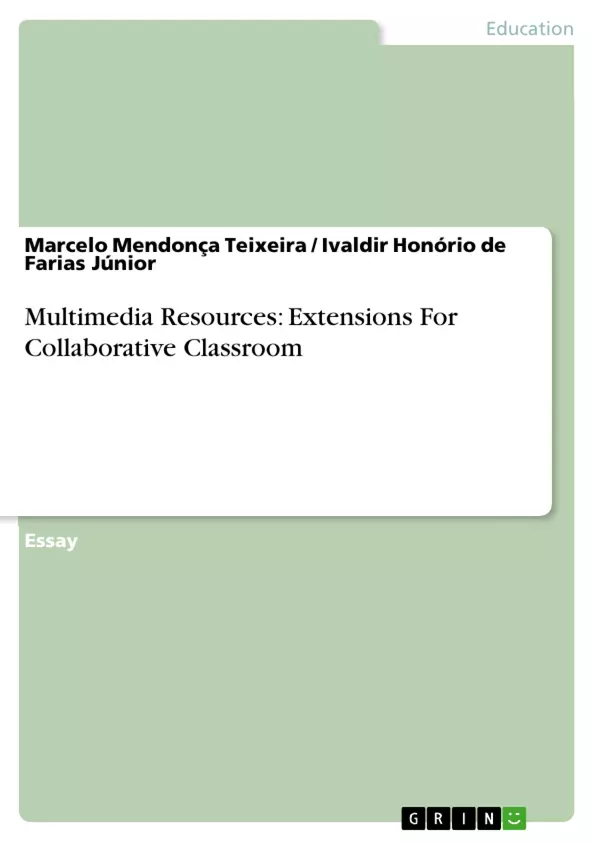The recent development of the digital era has spawned interest in what has become the so called virtual reality and in defining its importance to the learning process and the creation of virtual learning environments. The present book aims at a conceptual approach concerning the basics of Vodcast, Podcast, Web Radio and Videoblog, presenting the main theoretical and technical differences between the concepts and their educational potentialities in cyberspace.
Inhaltsverzeichnis (Table of Contents)
- Introduction
- Vodcast
- Podcast
- Creating Podcasts
- Web Radio
- Videoblog
- FACOL - The Case Study
- Conclusion
- Acknowledgments
- References
Zielsetzung und Themenschwerpunkte (Objectives and Key Themes)
This book aims to provide a comprehensive overview of Vodcast, Podcast, Web Radio, and Videoblog, highlighting their theoretical and technical differences and their educational potential in cyberspace.
- The impact of Web 2.0 technologies on education
- The role of communication technologies in fostering global interaction and knowledge sharing
- The concept of glocalization and its relevance to media convergence
- The educational potential of Vodcast, Podcast, Web Radio, and Videoblog
- The development of virtual learning environments and their significance in the digital era
Zusammenfassung der Kapitel (Chapter Summaries)
- Introduction: This chapter explores the impact of Web 2.0 technologies on education, highlighting the shift towards a new communicative paradigm that emphasizes global interaction and knowledge sharing. It discusses the concept of glocalization and its role in media convergence, arguing that these technologies have the potential to transform education by enabling knowledge dissemination and collaboration across geographical boundaries.
- Vodcast: This chapter focuses on the concept of Vodcast, defining it as the production, publication, and distribution of digital multimedia content, including audio, video, and images. It discusses the role of RSS (Real Simple Syndication) technology in facilitating updates and distribution, and explores the broader implications of Vodcast for education and cultural socialization.
- Podcast: This chapter delves into the concept of Podcast, discussing its historical origins, technical aspects, and educational applications. It explores the potential of Podcast for creating engaging and accessible learning resources, and examines its role in promoting collaborative learning and knowledge sharing.
- Creating Podcasts: This chapter provides practical guidance on creating and producing podcasts, outlining key steps and considerations for producing effective and engaging content. It covers topics such as scriptwriting, audio recording, editing, and distribution.
- Web Radio: This chapter explores the concept of Web Radio, highlighting its unique characteristics and its potential for educational purposes. It discusses the technical aspects of web radio broadcasting and its use as a platform for delivering lectures, discussions, and interactive learning experiences.
- Videoblog: This chapter focuses on the concept of Videoblog, analyzing its features and its potential for education. It discusses the use of videoblogs as a tool for student expression, knowledge sharing, and collaborative learning, and examines their role in creating engaging and interactive learning experiences.
Schlüsselwörter (Keywords)
Key terms and concepts addressed in this book include Web 2.0 technologies, global interaction, knowledge sharing, glocalization, media convergence, Vodcast, Podcast, Web Radio, Videoblog, virtual learning environments, education, and digital media.
- Citation du texte
- Marcelo Mendonça Teixeira (Auteur), Ivaldir Honório de Farias Júnior (Auteur), 2013, Multimedia Resources: Extensions For Collaborative Classroom, Munich, GRIN Verlag, https://www.grin.com/document/211653



